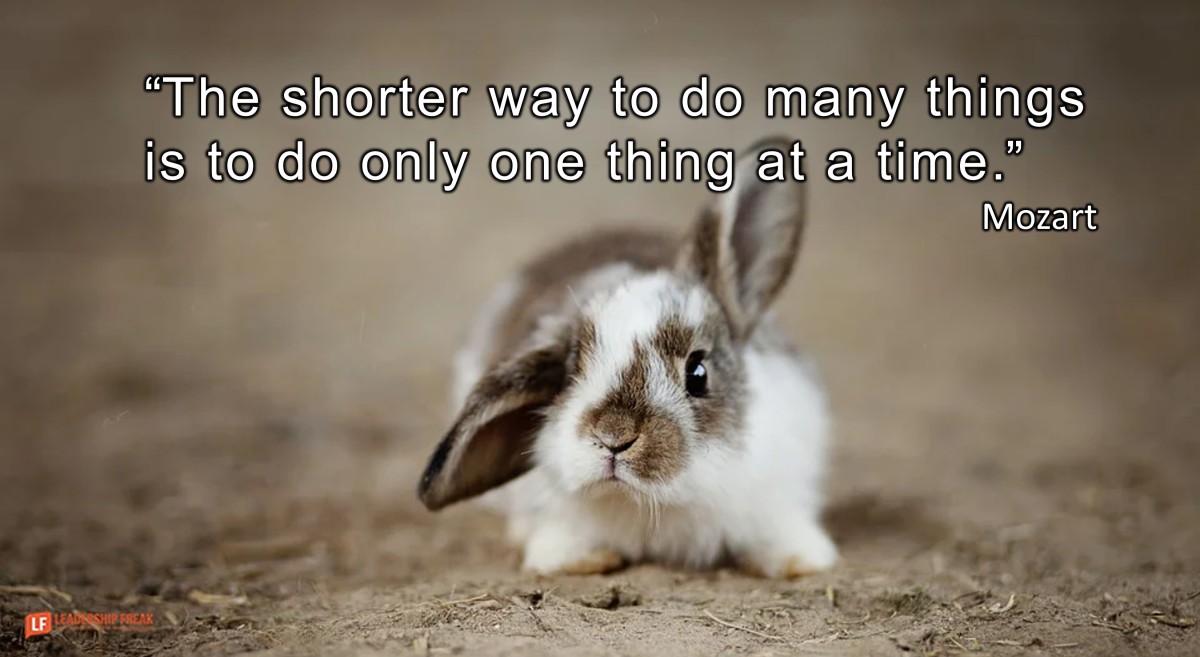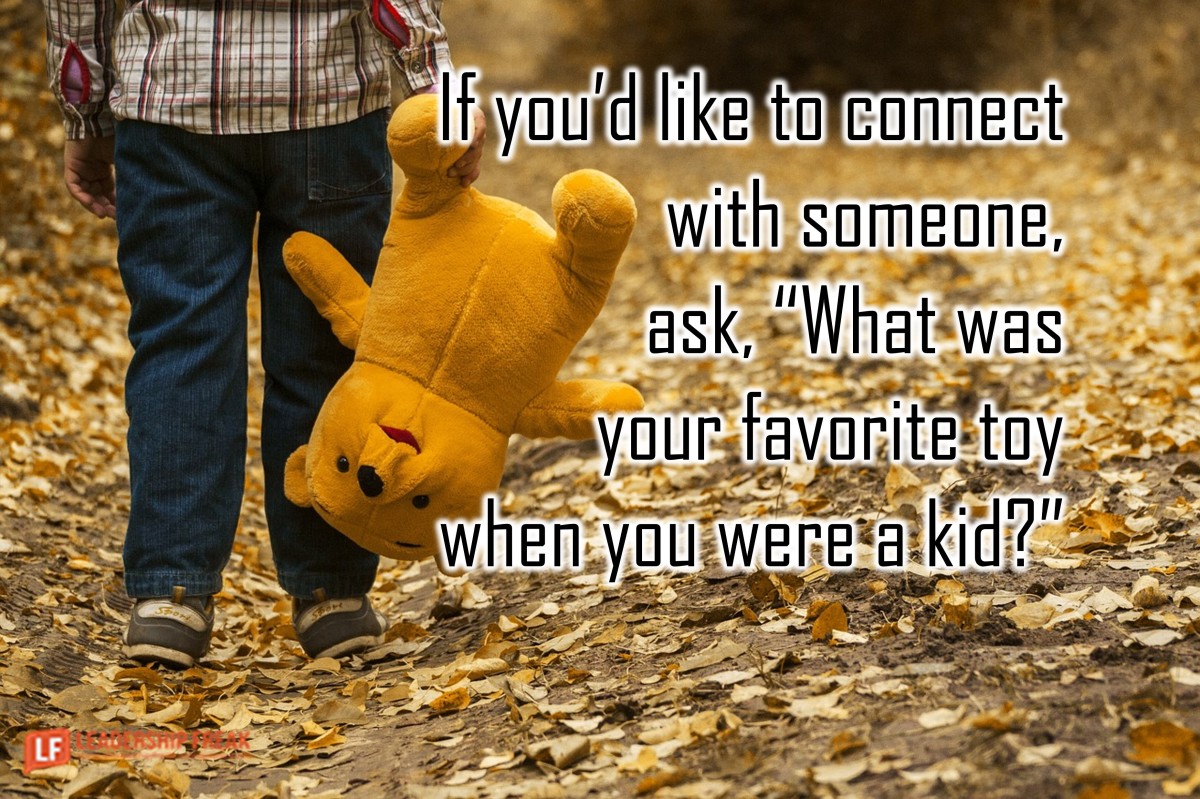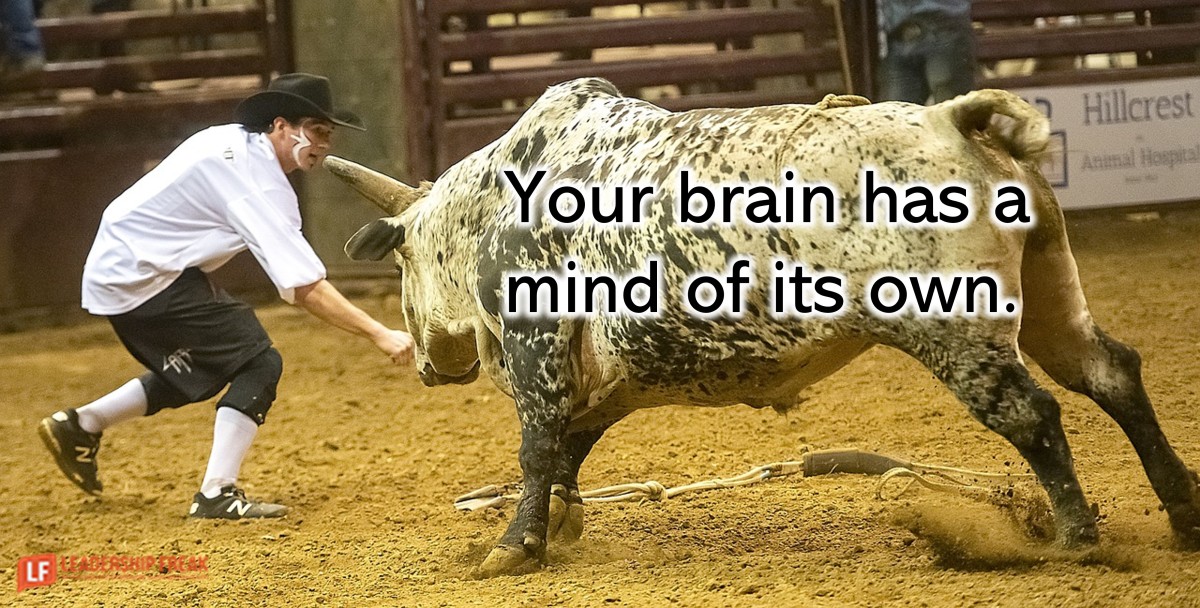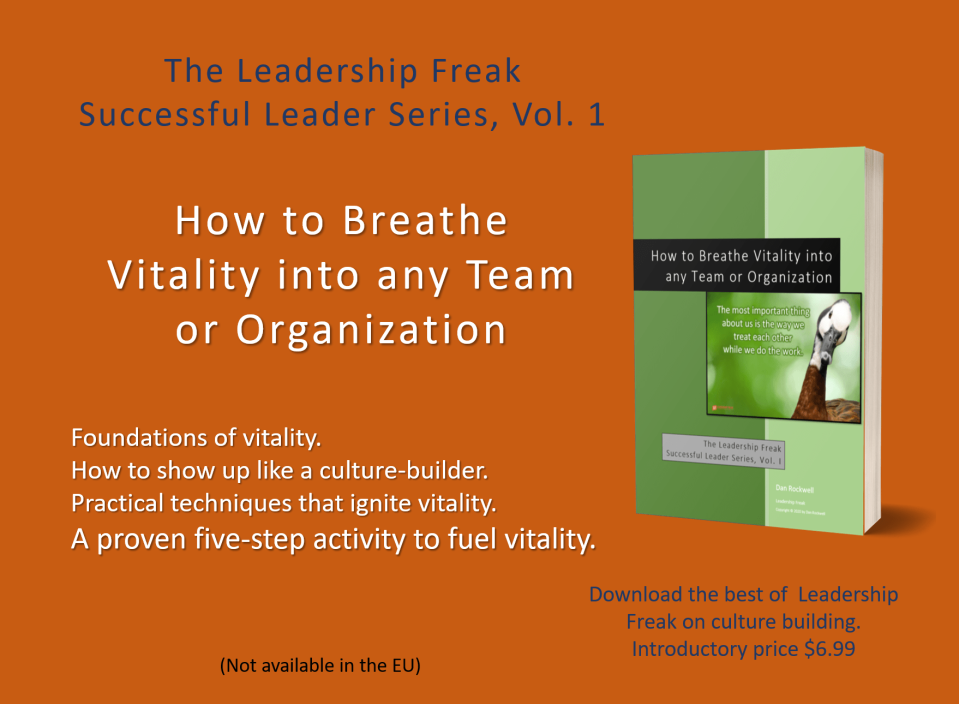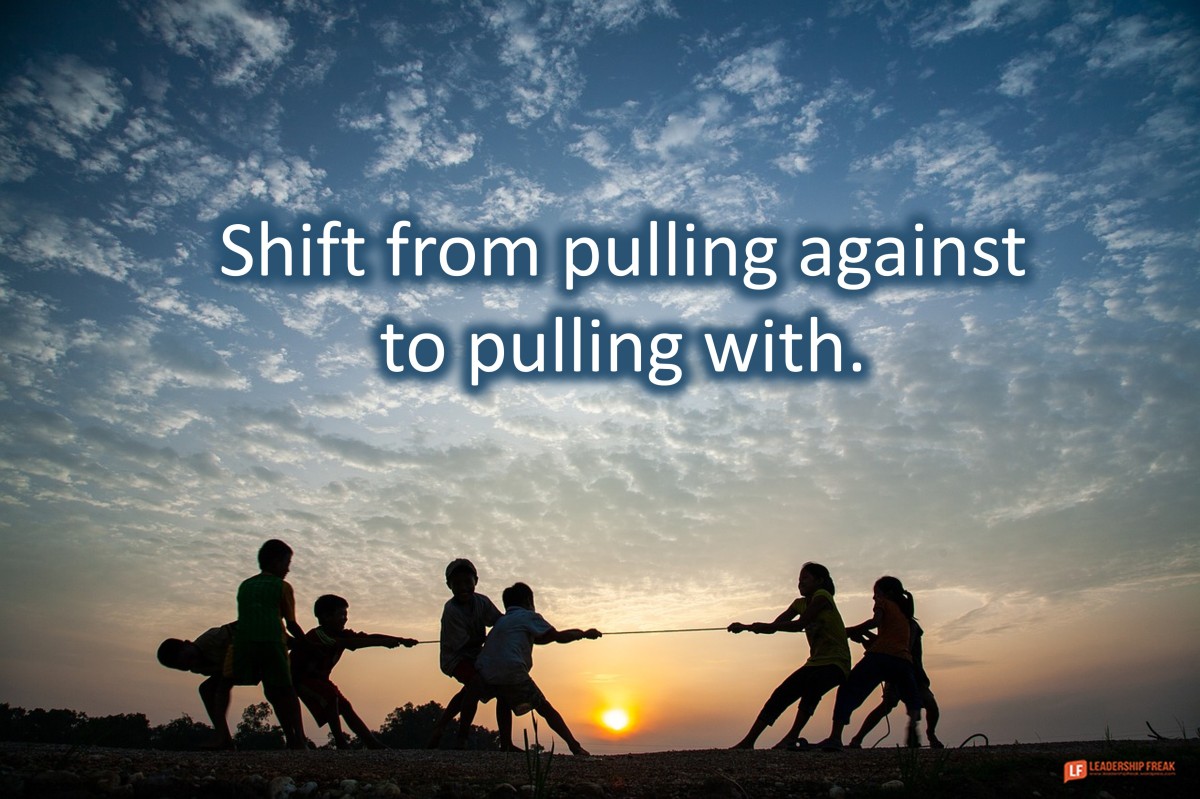How does a sleepy backwater college that few have heard of quadruple enrollment in 15 years? Furthermore, what enables a school to expand the size of the campus from 91 acres to 520 acres, while attaining a 98% placement rate?
The short answer is intentional leadership. The longer version is that an intentional leader revolutionized the academic institution of High Point University with powerful and practical business principles, which often received sharp criticism but ultimately proved to be wildly successful. It turns out that academia, like most professions and industries, values the status quo.
Originally founded as High Point College in 1924, this private liberal arts university has grown from 22 to 120+ buildings. There are now 1,800 positions, and they hire 12 to 20 more people each month. These employees act to support the students drawn in from nearly 50 countries and all 50 states. In fall 2021, HPU’s freshman class was larger than the entire student body was in 2005 and will have access to 62 majors and 64 minors.
Even more astonishing? This growth occurred without borrowing any money, a distinct anomaly in higher education.
And here is the brand promise that drives it all: At High Point University, every student receives an extraordinary education in an inspiring environment with caring people.
Nido R. Qubein, an alumnus of High Point University, became the seventh president of this 94-year-old institution in 2005. After a successful career in publishing, consulting, speaking, and business, he was approached by the board to help resurrect the institution. Always open to new challenges, he seized the opportunity to lead a university with facilities that were a bit long in the tooth and that lacked any signs of innovating in the future.
Similar to what we learn from physics, a system at rest stays at rest, and Qubein had to challenge the existing mindset and behavior of faculty and staff who were mired in outdated education methods. He made it a goal to provide life preparation for students to take their place in society after graduation. As Roger Clodfelter, Senior V.P. of Communications, puts it: “Our job is to prepare students for the world that will be, not as it is or as it was.”
So how did he meet the challenge of changing the staid academic culture to one that is today unique and innovative? Again, the short answer is hard work. But the longer answer is hard work informed by visionary strategy.
When Qubein took the leadership role, the university’s culture wasn’t defined. It just existed, the culmination of former leadership—the good, the bad and everything in between.
The first item of business was to change the existing mindset. With all of the importance placed on higher institutions, people sometimes forget that while colleges and universities do not function quite like most businesses, they still have clients. Students, either by loans or scholarship, exchange money for a service—and they can certainly choose to get this service from a different establishment.
This…





